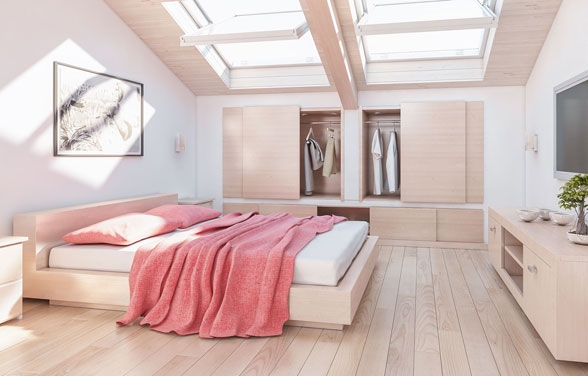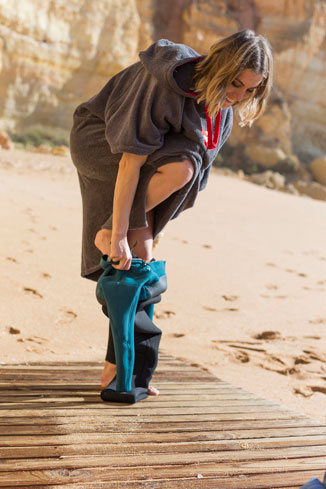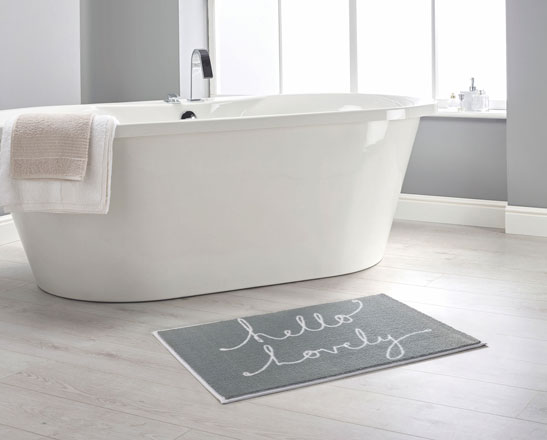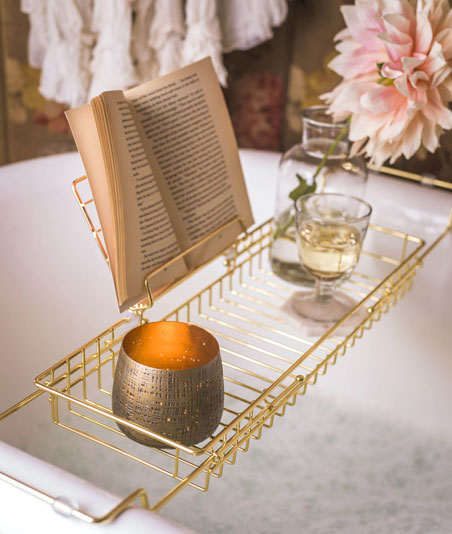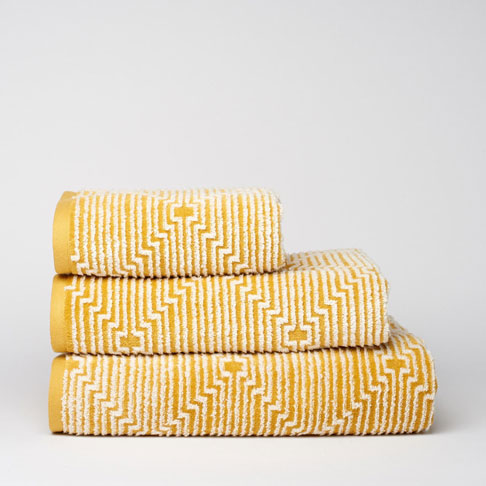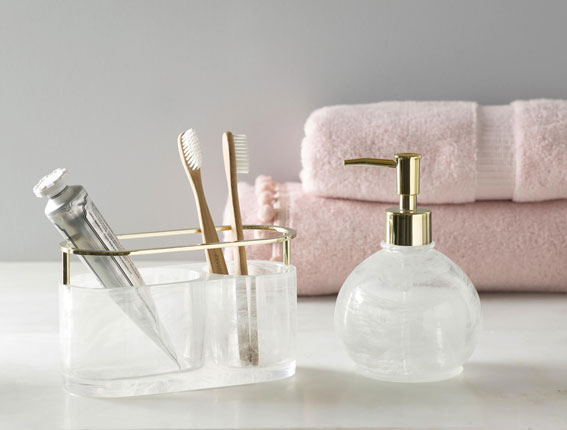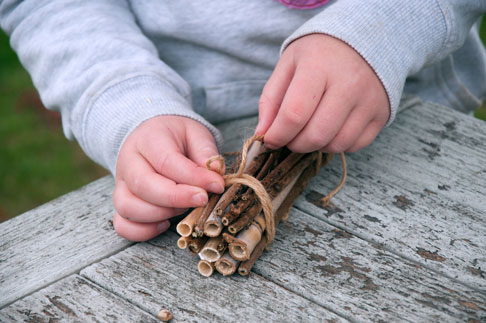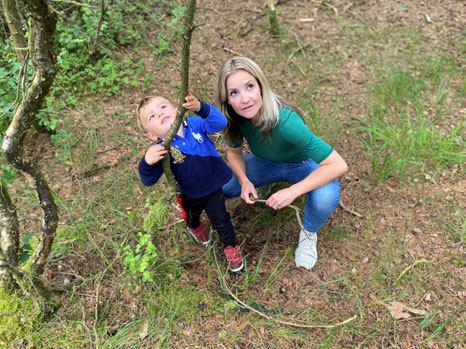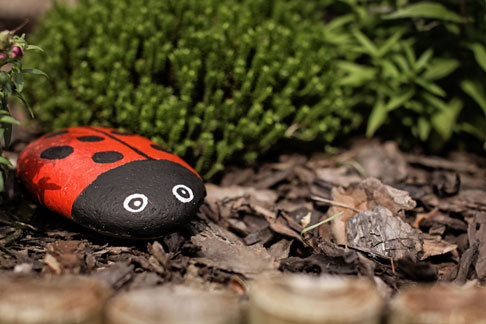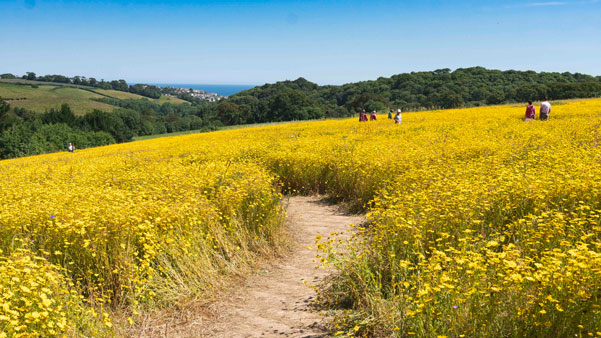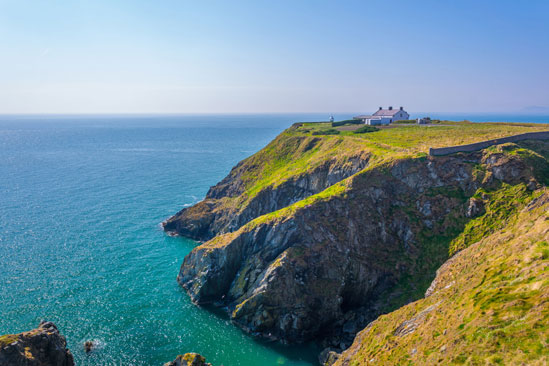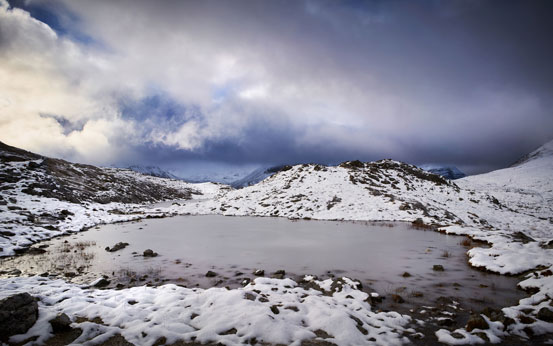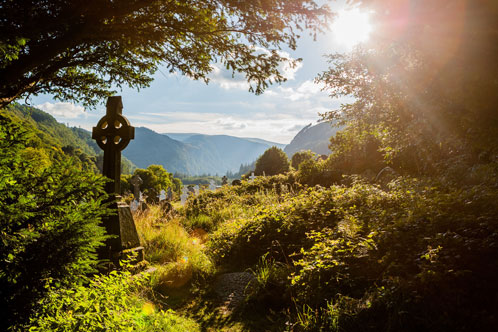Want to take staying in to the next level? Sam Wylie-Harris shakes things up with the snazziest stemware and home bar accessories.
Thanks to social distancing, quarantinis and staycations, we’ve become a dab hand at fixing our own drinks and mixing up a storm at home.
We’re buying more wine online, spirit sales are still soaring and we’re making the most of the change of bar scene.
So much so, lavishing time and money on our drinking rituals at home has become much more of an affordable luxury, with cocktail equipment and ‘atelier du vin’ for every mood and budget.
Sip in splendour with these stylish buys…
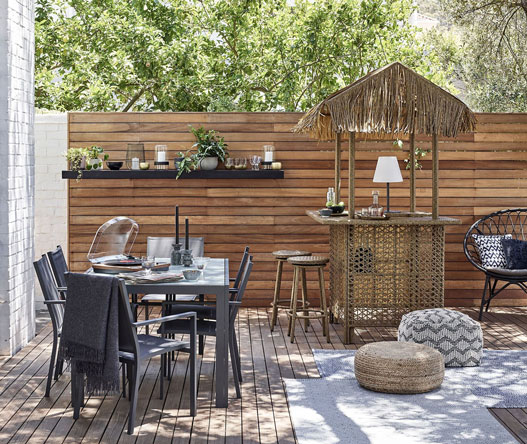
1. John Lewis & Partners Honolulu Tiki Bar, currently £402.50 (was £575), John Lewis
For a taste of island life, say aloha! to the best tiki bar around. With an authentic beach bar feel, it comes complete with a fringed wicker roof, two bar stools and sturdy aluminium bar frame. Stock it with essential spirits and mixers, a cocktail shaker, bowl of fresh limes and ice and home bartenders will be in paradise.

2. John Lewis & Partners Stainless Steel Recipe Cocktail Shaker – Silver Copper, £20, John Lewis
Taking the guess work out of our favourite party drinks, this clever shaker lists the ingredients for classic cocktails, such as a margarita, tequila sunrise and cosmopolitan, all at the turn of the metallic outer cover. Genius.
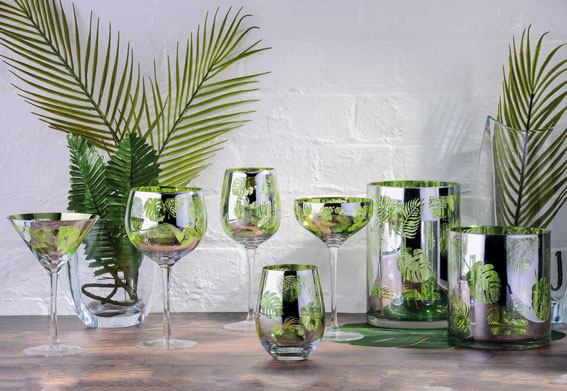
3. Artland Tropical Leaves Glassware, from £20.50 for Set of Two DOF Tumblers to £25.95 for Set of Two Gin Glasses, Wine Glasses, Champagne Saucers and Martini Glasses, Not Just Jugs
With their exotic palm leaf print and mirrored silver finish,. these gorgeous glasses will glisten when they catch the sunlight, or soft glow of a storm lantern. They’ll make everything you serve taste a touch more exciting too.

4. Kara Circular Drinks Trolley, £375 (other decos from a selection), Graham & Green
Cocktail trolleys are timeless and trending big-time, from boutique hotel bars to our very own front rooms. Part of the appeal is that they can be beautifully styled – much like a dressing table – with all our hero labels, crystal and decorative drinking decos. This stylish circular one has two glass shelves and can be wheeled with ease.

5. “Keep Your Cool” Champagne Bucket, £68.50 each, Heating & Plumbing
Cocktails not your thing? Keep that bottle of bubbly chilled in one of these brilliant hanging ice buckets – think branch of a shady tree, when you’re making an evening of it in the garden. The base is shaped so you can slightly tilt your bottle of fizz before adding ice. Just make sure the label remains visible (we all love to drink with our eyes) before gently pouring at the perfect 45-degree angle.

6. Octopus Wine Bottle Holder, £240, At Home in the Country
Not exactly a drop in the ocean, but if you’re looking for something a little unique, your top drops deserve to be shown off like a fine piece of art. This eye-catching Octopus wine rack holds eight bottles and makes a luxe edition to any wine collectors’ emporium.

7. John Lewis & Partners Swoon Raine Bar Cart – Gold, £449, John Lewis
This Art Deco style bar cart mixes up white and pink marble with a brass finished frame and bottom wooden tray, garnished with bottle holder rings to prevent slipping and sliding. Ideal for luxurious gatherings, it’ll add some cocktail theatre to late-summer soirees when the sun goes down.

8. Pink Martini Gin Glasses – Set of 4, £39.95, Audenza
A treat to toast, deluxe drinks, such as a legendary martini, deserve these chic glasses, which scream jazz age, flapper dresses and cocktail couture.

9. Mermaid Bottle Opener, £8.95, At Home in the Country
The best beer buddy and tribute to your tonic, this quirky mermaid bottle opener is a beauty and home bar essential.

10. Life’s a Beach Glass Straws – Clear 6 Pieces, £7, Crystal Champagne Glasses – Set of 4 Angled, £19, ProCook
With their angled design, these clear glass straws are perfect for sipping a champagne cocktail. Or, if you’re fixing lots of drinks for friends, enjoy taking a sip of your home-made creation (like the pros do) to make sure the measure is spot on. Cleaning brush included.

11. Yvonne Ellen Cocktail Hour Cheetah Glass Ice Bucket & Wood Lid – Clear/Natural, £30, John Lewis
Glamorous and wild, this decadent ice bucket, with its Art Deco inspired design, makes a striking addition to cocktail trolleys and hints at the high life.

12. Aldsworth Wine Store – Spruce, £350, Garden Trading
This stellar chest with a galvanised metal top has the capacity for 32 bottles of vino (angled so the cork stays moist), along with two upper drawers with storage for wine preservers, coasters and dining accessories.

13. Forge De Laguiole Sommelier – Olivewood Premium Box, £179, Farrar & Tanner
If you’re prepared to shell out to keep up with the somms – and master the art of good wine service – this professional bottle opener deserves your finest vintage.

14. Hudson Living Verna Drinks Trolley – Bronze, £369 (other items from a selection), Very
One of the things we love most about this trolley is you can get a lot on it! With an antique gold finish, smooth casters and toughened glass shelves, it’s a cocktail-lovers cabinet on wheels. A high roller, it can hold magnums of wine or spirits and won’t groan under the weight of a whisky decanter or fancy implements. Cheers!














